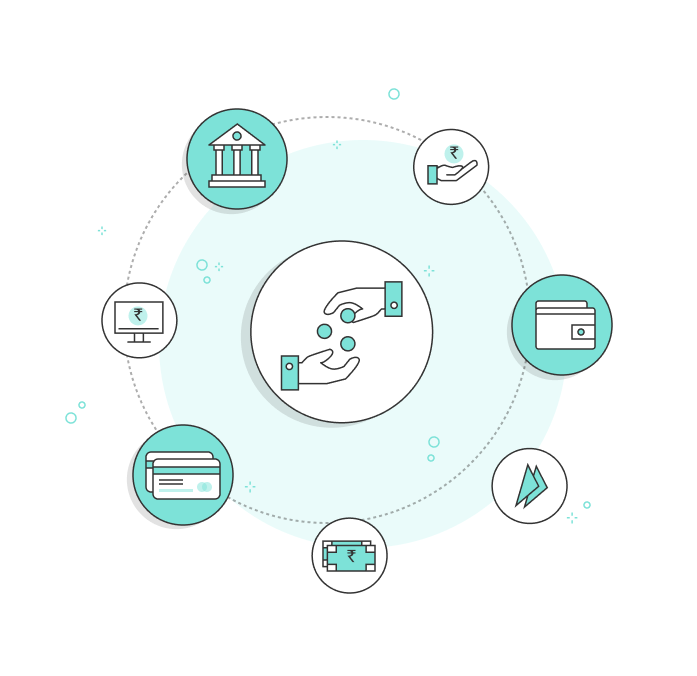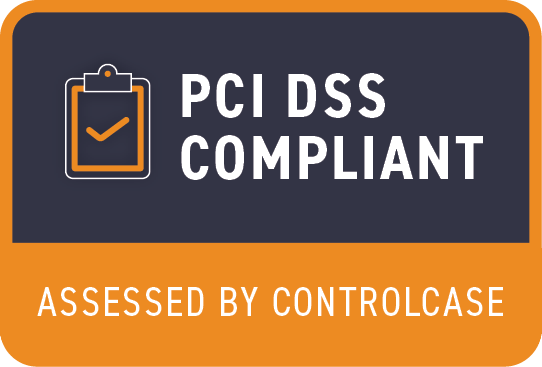Suppose you are a rookie developer in the payments team of an online business or a payments service provider (PSP). It could be frustrating to encounter your team members using various payment terminologies in every conversation. This is an attempt to simplify the core concepts you need to know and bring you up to speed with payments.
Terminologies
Customer or End User
The Customer or End User is the one who wishes to make an online payment in return for a product or service.
Merchant
The provider of the product or service is termed a Merchant. This could be any online service provider such as an airline service provider, hyperlocal delivery, consumer service, OTT content provider, or hotel booking site.
Issuer
The bank/ provider which issued the payment method to the customer is termed as Issuer or Issuing Bank. The Payment Method could be a Credit card, Debit card, Buy Now Pay Later account, or Wallet Account.
The Issuer must ensure that the customer undergoes the KYC and risk underwriting process before being provided with a payment method.
Say, if a customer uses a Wells Fargo bank credit card on the American Airlines website, Wells Fargo is termed the Issuer. In other words, the Issuer of the credit card payment method to a customer.
Acquirer
In order to receive online payments from customers, any Merchant would have to open an account (termed a Merchant Account or MID) with a Bank. This bank is known as the Acquirer or Acquiring bank. Typically online payments can create intrinsic risk for the Acquirer wherein the merchant may accept payments and fail to provide the product or service. Hence it is the Acquirer's responsibility to ensure sufficient KYB (Know Your Business) and risk underwriting for the merchant.
Network or Scheme
Network or Scheme is the protocol that helps to connect Issuing and Acquiring banks. In the case of card transactions, this will be MasterCard, Visa, American Express, and Diners which are termed international acquirers.
Each country might also have its own local card networks, such as UnionPay for China, Rupay for India, and Cartes Bancaires for France.
Payment Processor
Before payment processors, merchants needed to open an MID and onboard as a merchant directly with a bank. They then had to build, from scratch, the tech to accept online payments and pass transactions to their Bank (the aquirer). All this was a difficult, complex, time-consuming journey.
Since banks could be slow in onboarding merchants and may not be able to service a large population of growing merchants, entities termed as payment processors, entered the picture. Payment processors register a master MID with an acquiring bank and use the master MID to onboard merchants with a faster underwriting process and provide better service.
Payment processors also provide a simple API library that merchants can use to build their tech to accept online payments.
All transactions are aggregated under the Payment Processors' master MID, and the merchants will not have to enter into any contractual relationship with a bank.
Stripe, Adyen, and Paypal are examples of Payment Processors.
The flipside of payment processors is that merchants are dependent on them for all things payments - costs, types of payment methods accepted, successful authorization, even the payments page UI.
(To know more about payment processors in the US, read our blog here).
PCI Compliance
Payment card industry (PCI) compliance is mandated by card companies to help ensure the security of card transactions in the payments industry. Any merchant that wants to process, store or transmit credit card data must be PCI compliant, according to the PCI Compliance Security Standard Council.
Generally, merchants/businesses prefer to avoid undergoing the complex process of Annual PCI Compliance Audits for two reasons: (i) it is not their core business, and (ii) the audits are time-consuming recurring activities. So a Non-PCI compliant merchant's website cannot directly accept the card data from the user (on the frontend user interface) nor store the card data on the servers (the backend). Hence such merchants will need third-party solutions to handle and store card data in a PCI-compliant manner.
GDPR Compliance
The General Data Protection Regulation (GDPR) is a privacy and security law drafted and passed by the European Union (EU) for the following objectives:
- It is designed to give individuals (EU citizens) more control over data collected, used, and protected online.
- It also binds organizations to strict new rules about using and securing the personal data they collect from people, including the mandatory use of technical safeguards like encryption and higher legal thresholds to justify data collection.
It is one of the most rigorous data privacy laws in the world. GDPR is not limited to end users' card data. It extends to any personal data of the end user, which can be used to identify the user directly or indirectly.

Key concepts that you need to know
Powering payments is to move money from customers to businesses seamlessly. The technology behind making this happen involves various APIs and SDKs, which could be better understood with the eight steps of the payment lifecycle.
Customer intent to pay: The customer finalizes the shopping cart and attempts to start the payment session. Typically, this functionality is supported through a server API named session API or payments API by most leading processors.
Payment data collection: Upon the customers' intent to pay, the payment methods need to be displayed to the user, and the customer card data needs to be processed. Most payment processors provide this functionality through an SDK which collects the customer card data and sends it to the payment processor servers. Refer to PCI compliance in the above section to understand the need for an SDK in accepting card information.
Payment Authentication: In certain countries (such as European Union), which mandates Strong Customer Authentication (SCA), the customer gets redirected to the Issuer to complete authentication. In markets such as the United States, this step is optional. This step is significant while dealing with disputes, explained in Step 6. Payment authentication happens through 3DS1.0 or 3DS2.0 for cards by requesting the customer for an additional factor of authentication, which may be a password.
Payment Authorization: The payment is confirmed by the customer's bank after the verification of the availability of funds or credit and internal risk check. This step is very crucial since this is the final confirmation that the funds are available in the customer's account.
Payment Status validation: Upon completion of the payment, the status of the payment shall be updated, and the corresponding success/ failure page should be displayed to the customer. Generally, there are three means by which the status is validated.








